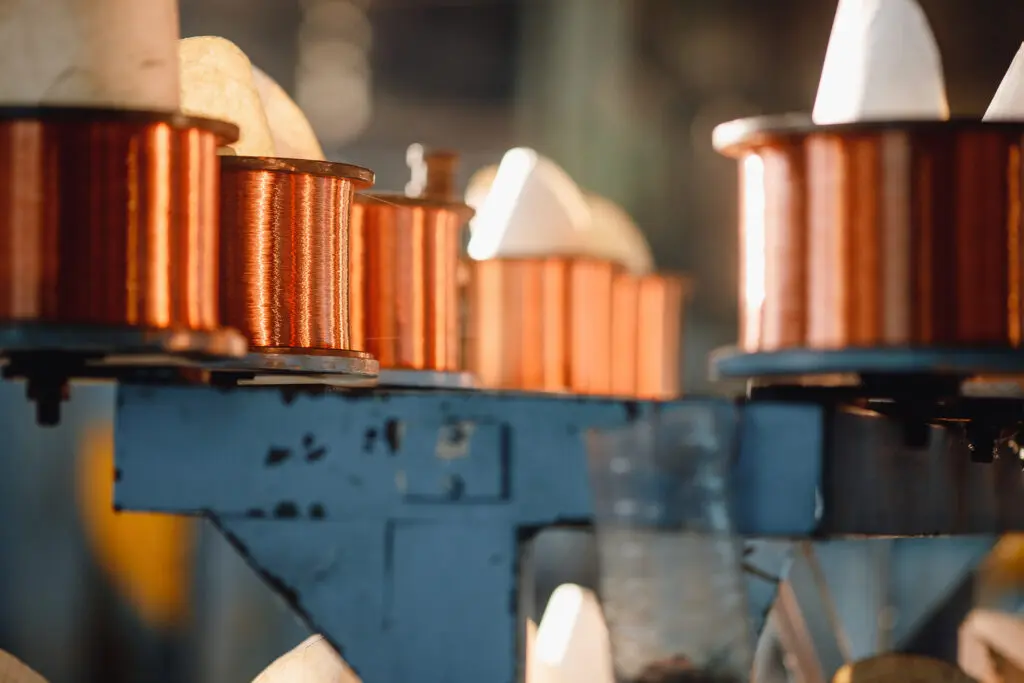Traders and recyclers in the non-ferrous market have been urged to continue making sure the benefits they bring to the global economy are heard around the world.
The call comes from the Bureau of International Recycling in its latest Mirror reflecting the non-ferrous marketplace.
‘The fundamentals are still strong, even if current indices are softer than anticipated,’ says Paul Coyte, interim president of BIR’s non-ferrous division. ‘While demand remains softer in some areas to meet global emission targets, there is an acute demand for raw materials on the horizon. Recycling and the supply of our raw materials will only become more and more critical, as will be the need for free and unencumbered trade to ensure all regions are able to procure the raw materials required to meet these targets.V=China
‘As non-ferrous metals recyclers, the need to adapt to the change in products within these global supply channels will become increasingly important, along with the need to keep broadcasting the good work we do as an industry,’ Coyte argues.
Big players
The Mirror reflects on the Chinese non-ferrous industry, saying production steadily increased in the first seven months of the year. According to data from China’s National Bureau of Statistics, the industrial added value of the non-ferrous metals industry increased by 5.9% year on year – some 2.1 percentage points higher than the industrial average.
Production of 10 types of non-ferrous metal grew 7% year-on-year. They included refined copper, up 12.6% while raw aluminium showed a year-on-year gain of 2.8%.
Data for the first half of 2023 also shows that China’s automotive sector produced 13.25 million units for a year-on-year increase of 9.3%, with electric vehicle production a major contributor to the total.
Bright spot India
India’s industrial outlook, however, remains a bright spot, with output jumping 5.7% in July following gains of 4.2%, 5.3% and 3.7% in April, May and June, respectively. Moreover, growth in the country’s core industries rose to 12.1%, a 14-month high.
‘India is witnessing a capital expenditure boom,’ the Mirror reports. ‘Although the foundations for this have been laid by the government’s accelerated spending over the last few quarters, the private capex cycle is lifting too.
‘The Indian budget allocated US$ 122 billion (EUR 116 billion) to infrastructure investments, up 33% from last year and nearly three times that of 2019.’
Don't hesitate to contact us to share your input and ideas. Subscribe to the magazine or (free) newsletter.



